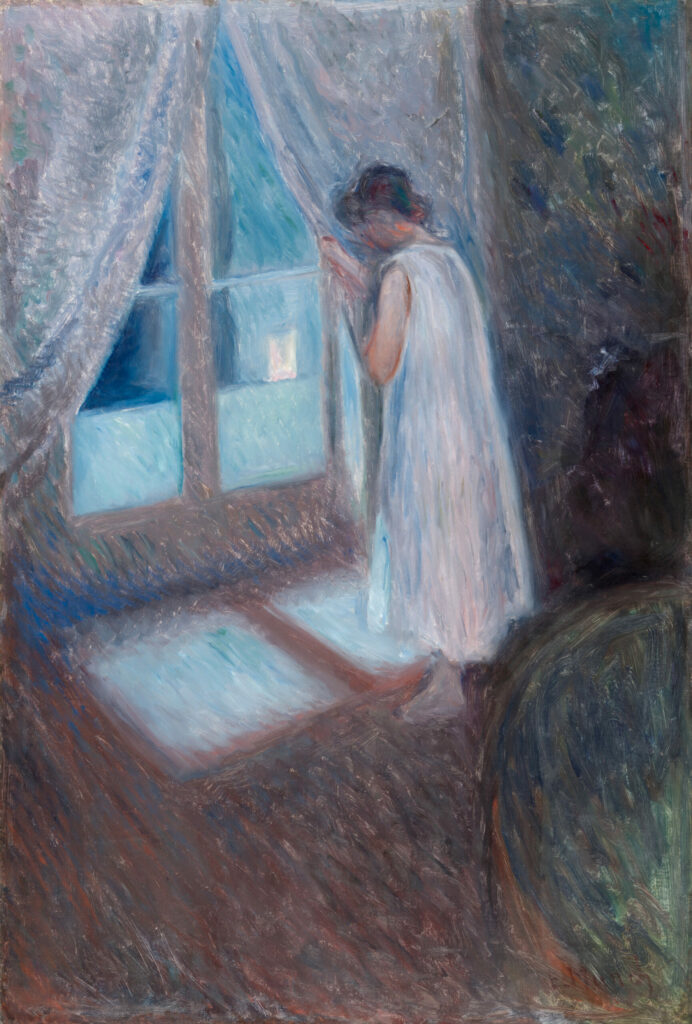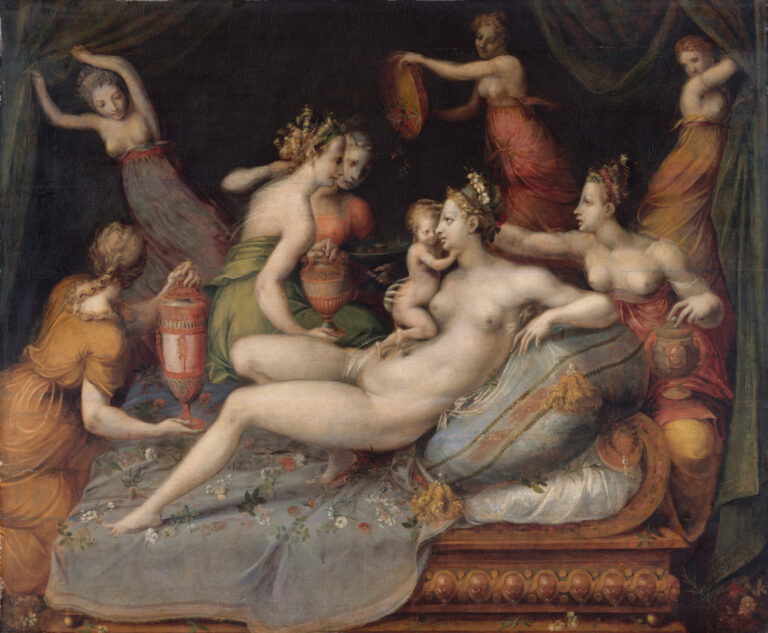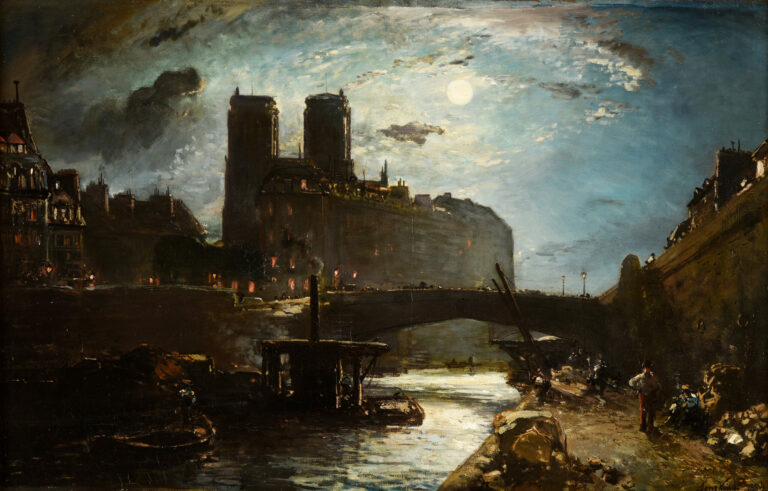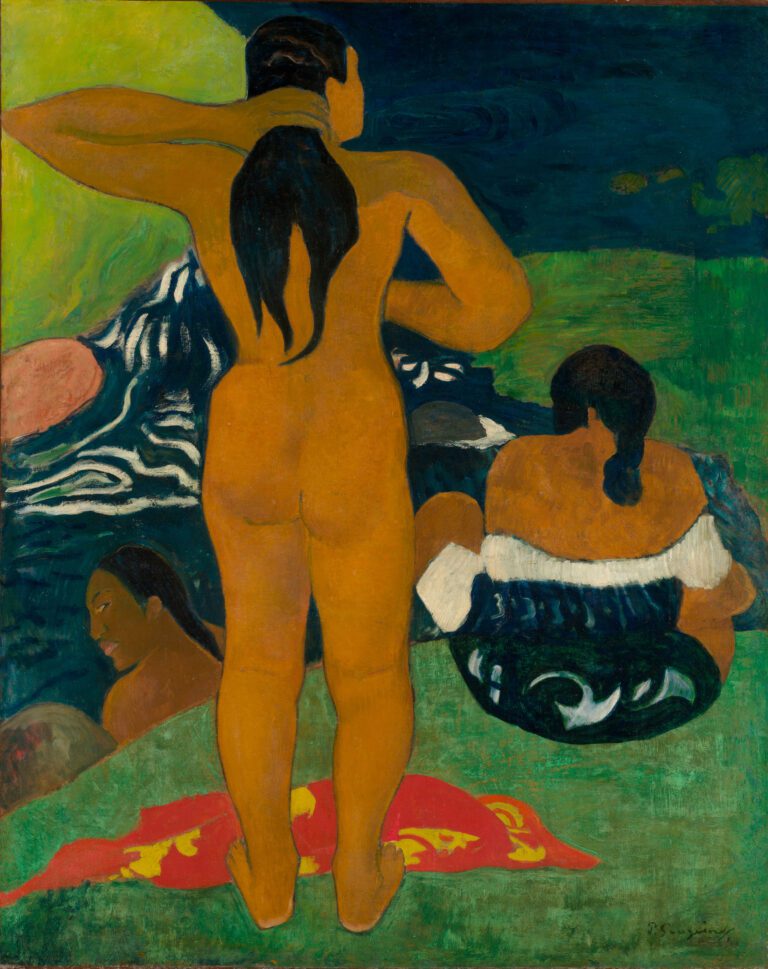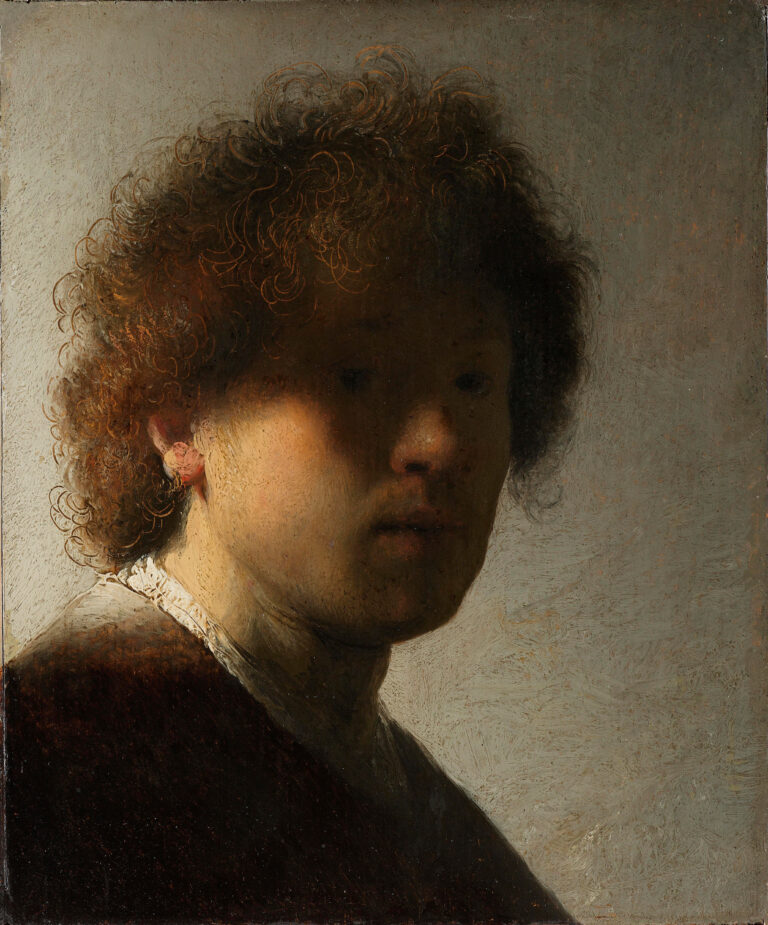Edvard Munch’s Girl by the Window reveals the masterful synthesis between European symbolism and Nordic romanticism that characterizes the Norwegian artist’s work.
Painted in 1893, the year of the famous Scream, this canvas explores a more contemplative but no less troubling register. The nocturnal scene presents a solitary female figure, observing the exterior from the darkness of her room. The bold composition creates an atmosphere of muted anxiety typical of Munch. The chromatic palette blends deep browns, melancholic violets, and nocturnal blues, applied in free brushstrokes. The window becomes a metaphor for the separation between intimacy and the outside world, between desire and reality. The artist creates a complex interplay of gazes where the viewer secretly observes the one who observes, revealing the tensions of the modern condition.
Further information
- The Girl by the Window, 1893, Edvard Munch
- 96.5 × 65.4 cm (38 × 25 3/4 in.)
- The Art Institute of Chicago – European Painting and Sculpture, Gallery 245
- https://www.artic.edu/artworks/154235/the-girl-by-the-window
Edvard Munch (1863-1944), Norwegian painter and printmaker, major figure of nascent Expressionism, transformed European art through his psychological vision of the human condition. Marked from childhood by the death of his mother and sister, then by familial mental illness, he developed an aesthetic of existential anxiety that reached its apex in The Scream. Trained in Oslo then enriched by his stays in Paris and Berlin, he assimilated Impressionist and Symbolist innovations while preserving the Nordic romantic tradition. His expressive style, characterized by bold deformations and non-naturalistic colors, durably influenced modern art. A theorist of his own creations, he developed the concept of “painting of the soul” where each work explores the depths of the human psyche. His long career, punctuated by personal crises but also international recognition, made him a precursor of 20th-century avant-gardes.

